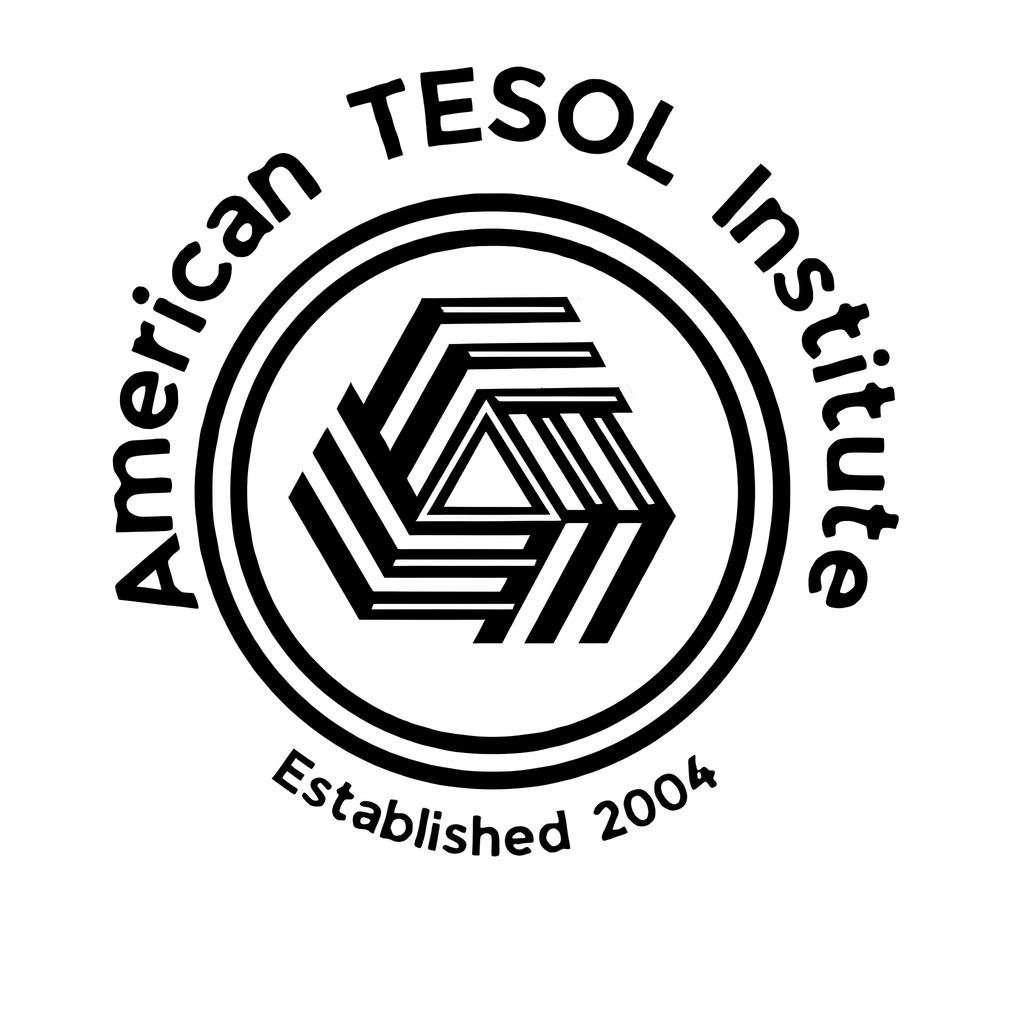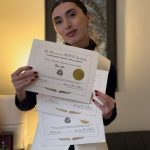Dr. Michael Gazzaniga’s pioneering research on split-brain patients offers a unique window into the complexities of language acquisition. By studying individuals with severed connections between brain hemispheres, Gazzaniga demonstrated how language processing can be fragmented, leading to incongruencies between different aspects of communication. These findings hold valuable lessons for TESOL teachers striving to create effective and engaging learning environments.
Understanding Language and the Split Brain
The human brain, while a unified entity, exhibits a degree of lateralization, with the left hemisphere typically dominating language functions like grammar, syntax, and vocabulary. Conversely, the right hemisphere excels in processing emotional tone, intonation, and visual-spatial information. In split-brain patients, this division becomes starkly apparent, with each hemisphere operating semi-independently. For example, a patient may verbally describe an object presented to their right visual field (processed by the left hemisphere) but fail to name an object presented to their left visual field (processed by the right hemisphere), even though they might be able to draw it.
Fun Fact: Did you know that the left hemisphere is sometimes called the “interpreter” because it constructs logical narratives, even if they don’t fully match reality? This role becomes evident in split-brain studies when it creates explanations for actions initiated by the right hemisphere.
Incongruencies in Language Processing
These isolated hemispheric functions can lead to fascinating incongruencies:
- Verbal vs. Nonverbal Responses: A patient might verbally report seeing the word “apple” while simultaneously drawing a snowflake, reflecting conflicting inputs from the left and right hemispheres.
- Conflicting Perceptions: Presented with the word “key” to the left visual field and “ring” to the right, the patient might say “ring” but instinctively reach for the key with their left hand.
- Contradictory Emotional Expression: A humorous image presented to the right hemisphere might elicit laughter, while the patient simultaneously provides a neutral or even contradictory verbal explanation.
Fun Fact: Split-brain experiments helped uncover that the right hemisphere can recognize faces better than the left, giving new insights into how we process social information.
Language Acquisition and Incongruence: A Developmental Perspective
Language acquisition can be viewed as a gradual transition from a state of initial incongruence towards greater integration and harmony:
- Initial Incongruence: In early stages, learners grapple with fragmented inputs, struggling to connect sounds, words, grammar, and meaning. They may understand individual words but lack fluency in constructing sentences or grasping nuances of intonation.
- Emerging Patterns: As learners progress, they begin to develop parallel processing streams, learning vocabulary, grammar, and pronunciation simultaneously. However, these streams may not always align, leading to errors or inconsistencies.
- Integration Phase: This critical phase involves reconciling conflicts and building bridges between different aspects of language. Learners actively address inconsistencies, refine their pronunciation, and master more complex grammatical structures.
- Advanced Congruence: With continued practice and exposure, learners achieve a state of advanced congruence, where language is processed fluidly and holistically. They can express themselves effectively, understand nuanced communication, and adapt their language to different social contexts.
Fun Fact: Babies begin learning the rhythms of language in the womb, responding to their mother’s intonation patterns before they are even born!
Mechanisms Driving the Transition
This transition is driven by a complex interplay of factors:
- Implicit Learning: Early stages rely heavily on implicit learning, such as unconscious absorption of sounds and patterns.
- Explicit Learning: Later stages involve conscious effort, such as studying grammar rules and practicing vocabulary.
- Neuroplasticity: The brain’s remarkable ability to adapt and form new connections plays a crucial role in strengthening neural pathways for language processing.
- Feedback and Interaction: Interaction with native speakers, receiving feedback on pronunciation and grammar, and engaging in meaningful conversations are essential for refining language skills.
- Emotional Engagement: Language learning is more effective when it is emotionally engaging. Connecting language to personal experiences, cultural contexts, and meaningful interactions fosters deeper understanding and encourages more integrated processing.
Fun Fact: The brain processes negative and positive feedback differently, making encouragement and rewards critical in reinforcing language learning.
Implications for TESOL Teachers
By understanding the principles of hemispheric specialization and the dynamic nature of language acquisition, TESOL teachers can create more effective and engaging learning environments:
- Integrate Multisensory Approaches: Utilize visual aids, auditory cues, and kinesthetic activities to engage both hemispheres simultaneously.
- Foster Emotional Connection: Create a supportive and engaging classroom environment that encourages learners to express themselves emotionally and connect language learning to their interests and experiences.
- Address Incongruencies Directly: Help learners identify and address common errors, such as false cognates or interference from their native language.
- Promote Collaborative Learning: Encourage peer interaction and group activities to facilitate communication, provide feedback, and promote cross-cultural understanding.
- Emphasize Contextual Learning: Integrate language learning into real-life scenarios through role-playing, simulations, and discussions of current events.
Fun Fact: Collaborative learning not only improves language skills but also activates parts of the brain associated with empathy and cooperation.
Conclusion
Dr. Gazzaniga’s research provides a valuable framework for understanding the complexities of language acquisition. By recognizing the potential for incongruencies and focusing on strategies that promote integration and holistic processing, TESOL teachers can create more effective and rewarding learning experiences for their students, guiding them on a journey from fragmented understanding to fluent, confident communication.
Fun Fact: The term “TESOL” itself reflects congruence in language teaching, uniting teaching, speakers, and other languages into a cohesive framework!



